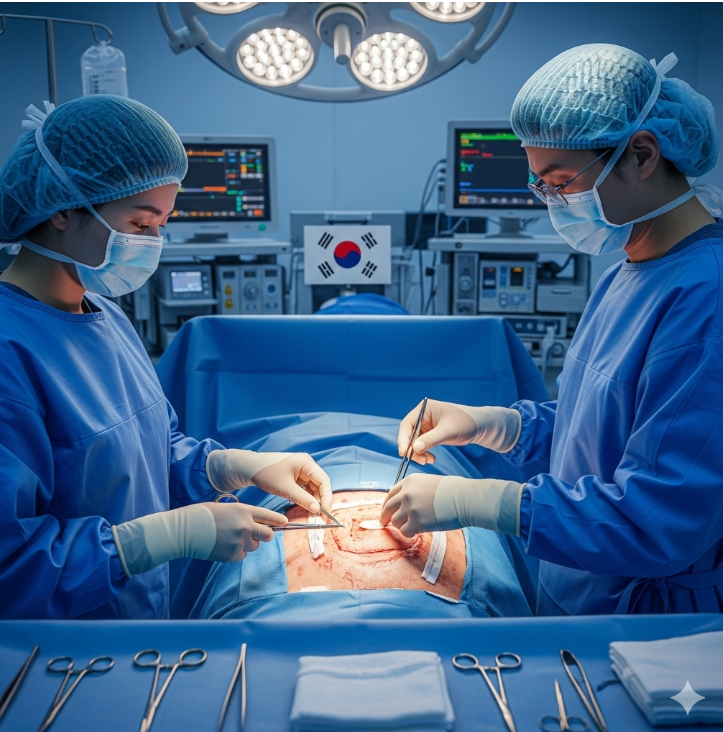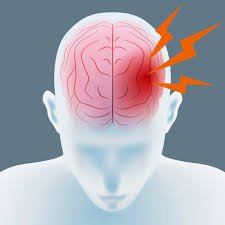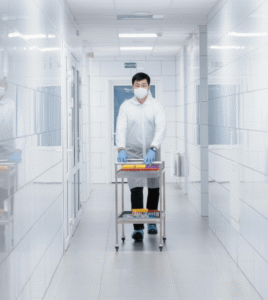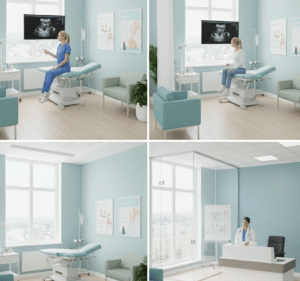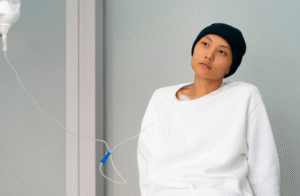What It Is
Pressure sore reconstruction is a surgical procedure performed to treat chronic pressure ulcers (bedsores) that develop in patients with limited mobility. Pressure sores occur when constant pressure on the skin and underlying tissue reduces blood flow, causing tissue breakdown.
When non-surgical treatments such as wound dressings, negative pressure therapy, or medications fail, reconstructive surgery is required to remove dead tissue and cover the wound with healthy tissue. This is often achieved with skin grafts, local flaps, or muscle flaps to restore durability and prevent recurrence.
Why It’s Done
Patients undergo pressure sore reconstruction because:
- They have chronic, non-healing ulcers resistant to conservative treatment.
- Pressure sores cause pain, infection, or odor.
- Large sores expose deeper structures such as bone, muscle, or joints.
- They want to restore mobility, comfort, and quality of life.
Good candidates include:
- Patients with stage 3 or 4 pressure sores.
- Individuals in stable overall health (after treating infection or malnutrition).
- Patients committed to post-surgery care, including pressure relief and rehabilitation.
Alternatives
- Conservative management: Frequent repositioning, special mattresses, wound dressings, and topical treatments.
- Negative pressure wound therapy (NPWT): Suction-based system to promote healing.
- Hyperbaric oxygen therapy: Used in some cases to improve wound healing.
Preparation
Before undergoing surgery in Korea, patients will:
- Have a comprehensive evaluation including wound culture, imaging, and nutritional assessment.
- Treat any active infection with antibiotics.
- Undergo debridement (removal of dead tissue) if necessary.
- Improve nutrition and protein intake to promote healing.
- Be counseled on postoperative care and the need for pressure-relieving strategies.
How It’s Done
- Anesthesia: General or regional anesthesia depending on sore location and patient health.
- Debridement: Dead and infected tissue is surgically removed.
- Flap coverage: The defect is covered using one of the following:
- Local fasciocutaneous flap (skin and underlying tissue).
- Muscle flap (gluteal, latissimus dorsi, or other regional muscles).
- Perforator flap or free flap for large or complex defects.
- Closure: Wound edges are sutured, and drains may be placed.
- Duration: 2–6 hours depending on size and complexity.
Recovery
- First 2 weeks: Strict bed rest with careful positioning to protect the flap.
- Wound monitoring: Regular checks for flap survival and infection.
- Rehabilitation: Gradual mobilization with physiotherapy after healing begins.
- Return to activities: Light activity after 3–4 weeks, with continued precautions.
- Long-term care: Use of pressure-relieving cushions, mattresses, and lifestyle modifications to prevent recurrence.
Possible Complications
- Recurrence of pressure sore if pressure relief is not maintained.
- Flap failure due to poor blood supply.
- Infection or delayed healing.
- Donor site morbidity (discomfort or scarring where flap tissue was taken).
Treatment Options in Korea
Diagnosis
Korean reconstructive teams assess sore depth, size, and underlying bone involvement with physical exam, MRI, or CT scans. Nutritional and infection status are carefully evaluated before surgery.
Medical Treatments
- Advanced wound dressings (hydrocolloid, foam, or silver dressings).
- Negative pressure wound therapy (NPWT) to prepare the wound for surgery.
- Antibiotics and nutritional support to optimize healing.
Surgical or Advanced Therapies
- Local and regional flap reconstructions (gluteal, tensor fascia lata, or perforator flaps).
- Free flap surgery with microsurgical techniques for very large or recurrent ulcers.
- Combination of flap surgery with bone debridement if osteomyelitis (bone infection) is present.
Rehabilitation and Support
- Long-term pressure management programs including posture training and supportive devices.
- Scar management and wound monitoring to prevent recurrence.
- Physiotherapy and occupational therapy to restore mobility and independence.
- Multilingual aftercare support for international patients at Korean hospitals and clinics.

